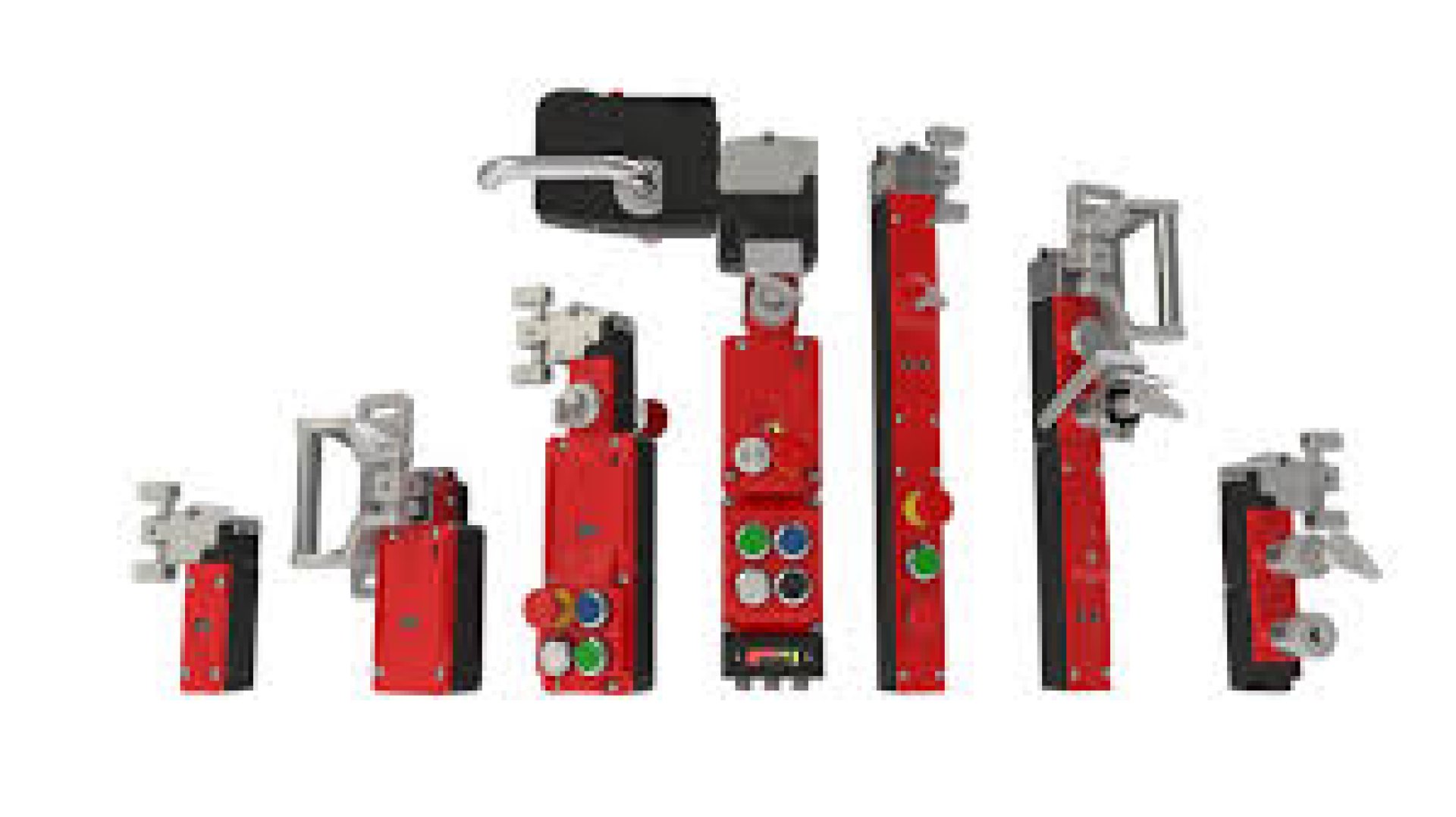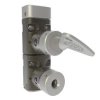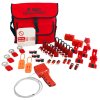What Is an Interlock System? Importance and Applications in Industry

In todays industrial world, where safety is a top priority, especially in factories with large machinery and complex processes, interlock systems play a vital role in preventing accidents and ensuring operations follow the correct sequence.
An interlock system is a control mechanism designed to prevent machines or processes from operating unless certain conditions are met. These systems can be mechanical, electrical, or software-based, and are used to ensure safe and reliable operation throughout a process.
Types of Interlock Systems
Interlock systems can be classified based on how they function:
1. Mechanical Interlock:
Uses physical mechanisms such as keys, latches, or locks to control the sequence of operations.
2. Electrical Interlock:
Utilizes electrical components like contactors, relays, or sensors to manage machine behavior.
3. Software Interlock:
Controlled through programmable logic controllers (PLC) or automated control systems to ensure coordinated and safe operation.
Examples of Interlock Applications
- In production lines: A machine will not start if the safety gate is not closed.
- In electrical systems: Certain breakers cannot be switched on simultaneously to prevent short circuits.
- In cleanrooms: Doors on opposite sides cannot be opened at the same time to maintain air pressure and cleanliness.
Benefits of Interlock Systems
- Enhances operator safety
- Prevents equipment damage
- Ensures correct operational sequence
- Reduces the risk of human error
- Complies with safety standards such as ISO, CE, and SIL
Interlock systems are not just optional add-ons, they are essential components in modern industrial design. They help reduce accidents, build confidence in operations, and support safe and efficient production. For any facility without such systems in place, planning for their integration should be a top priority for long-term safety and operational success.




